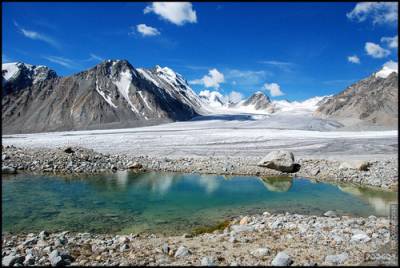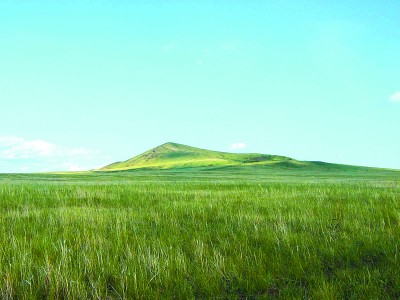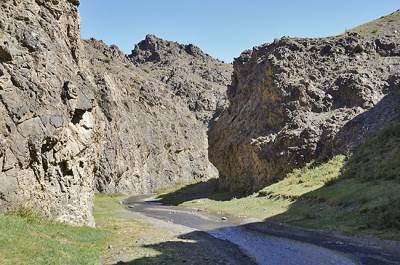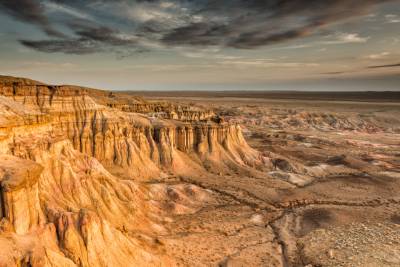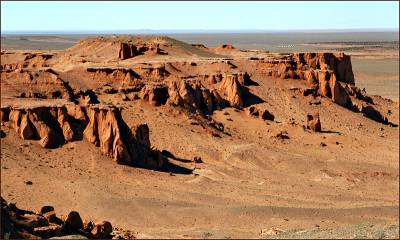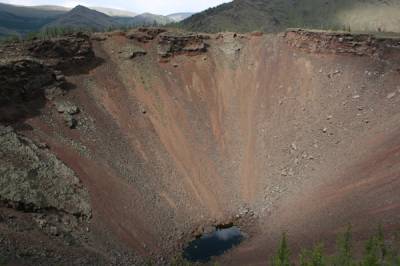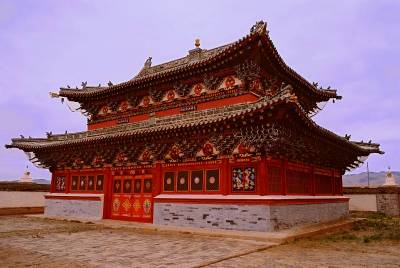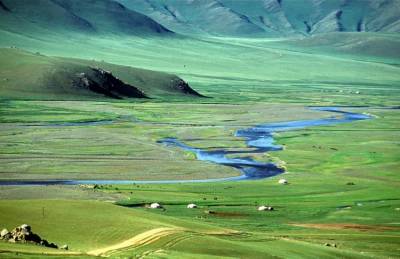2:23 PM Mongolian top 10 destinations | |
|
Altai Tavan Bogd National Park1.1264328071.mongolian-altai-tavan-bogd-mountainThe tough excellence of Bayan-Olgii aimag with its pointedmountain focuses going after the sky and immeasurable valleys bungled withmeandering streams has dependably emerged of the western aimags of Mongolia. Bayan-Olgiiis the home to the second biggest ethnic gathering the Khazakhs with their uniqueculture who keep on chasing with prepared brilliant birds other than crowding goats.The Altai area is plentiful withsignificant archeological destinations going back to Paleolithic period, confirmations ofhuman residence as far back as 40,000 and 12,000 years prior. The Altai mountainrange extending for 900km crosswise over Russia, Mongolia and China and the TavanBogd National Park have dependably emerged from some other piece of Mongolia. Thehighest mountain top, the Khuiten Uul at 4374 meters flanked by four otherpeaks alongside the Potanin stream, the wellspring of a gigantic icy mass, arecommonly known as Tavan Bogd or the Five Saints. Extraordinary Bogd Mountain
18645704There are three highmountain runs in Mongolia called Altayn range, Hangayn reach and Khenteynrange. Khenteyn and Hangayn reach lie oncentral and northern Mongolia. Altayn extent comprises of Mongol Altayn range andGovi – Altay sub ranges with 1500 km length. Ikh Bogd Snow topped Mountain isthe most astounding crest of Govi-Altay sub range and 3900m high above ocean level. Peoplefrom Government and local people venerated the mountain building slope stone on thetop. There is a Salty Lake called Orog in mountainside. Ikh Bogd sacredmountain had broken into gorgeand partiallycollapsed by quake in 1957. Thegorge is 100km long. Other prominent attractions incorporate Bichigt Khad, aworld-class petro glyphic, whose stone canvases go back to the Bronze age.The adjacent Tsagaan Agui (White Cave) is accepted to be the spot of theearliest human inhabitance in Mongolia, with confirmation of human vicinity datingas far back as 700,000 years prior. Yolin Am DSC00818The Yolin am or the Vulture's mouth set up to conservethe territorial birdlife turned into a most loved spot to visit for its sensational andunusual normal scene formed by a towering mountain glut in the center ofthe Gobi desert with thick ice lasting through the year. The little Nature Museum at the entryway on the primary street to Yolyn Am has a gathering of dinosaur eggs and bones, stuffed flying creatures and a swon panther. It additionally offers the great booklet Gobi Gurvan Saikhan National Park, by Bern Steinhauer-Burkhart. There are a few trinket shops and several spots to sit tight. Tsagaan Suvarga DSC00809Tsagaan Suvarga is a region of 30-m high white limestoneformations and a beautifulpart of the desert. We will drive to an arrangement of disintegrated limestone precipices, fromwhere you have incredible view over the desert floor down underneath, which borecolors from white and yellow to pink and dark red. Bayanzag DSCF4543In 1921, American scientist Roy Chapman Andrews fountthe dinosaur eggs and put Mongolia on the guide of universal adventureseekers and voyagers. The starting point of old seabed, Umnugovi has a treasurepackage recently Crafeceous dinosaurs situated in Bayanzag or the Flamming Cliffsthe rocks emit orange and red hues that appear to gleam at dusk. Khorgo-Terkh National Park DSC01009Surrounded by terminated volcanoes the Terkhiin Tsagaan lake atan elevation of 2060 m covers a zone of 61 sq.km. the marvelous topography ofKhorgo Volcano lying east of Terkhiin Tsagaan Lake positively adds to thepleasure of going by Arkhangai aimag. Close to the cavity there are many smallcaverns with stalactites swinging from the roof and dividers. In the center ofthe lake there is a volcanic island secured with feathered creature homes made of thefragrant grass Samkhan. Eigth Lake DSC04916Naiman Nuur or The Eigth Lakes is another region worthvisiting found 70 km south-west of the Orkhon waterfall. The lakes werecreated by volcanic ejections and are a piece of the 11,500 hectare of KhuisiinNaiman Nuur Natural Reserve. Khuvsgul Lake IMG_5118Khuvsgul Lake- The Dark Blue Pearl of Mongolia is surroundedby rich green slopes, mountains going after the sky, and thick high forestsof taiga. 96 streams and streams vacant into the lake that was made 2.5-3million years back by tectonic exercises. The magnificent clear-watered lakecontains 65 % of all the crisp water of Mongolia and moreover, 1% of theworld's new water supply. Khuvsgul is the place where there is the Tsaatan reindeerherdsmen, a branch of the Turkic-speaking Tuvinian or Dukha ethnic gathering. Thissmall gathering of 42 families has a social and material society which hasremained unaltered since the Ice Age. Shamanistic or totemic ceremonies andsymbolism are integral to the social association of the Tsaatan. Kharkhorin-Erdenezuu Monastery DSC00902Kharkorin old capital of Mongolia was set up byChinggis Khan in 1220 in the Orkhon valley. For a long time Kharkhorin served asthe capital of the united Mongol tribes until it was pulverized by the Chinese troopsin 1391. The remaining parts of the capital that remained at the junction of the SilkRoad are broad underground archeological resources and two stone turtlesthat once remained at the principle door to the city. Four of these turtle sculpturesused to stamp the limits of antiquated Kharkhorin, going about as defenders of thecity. In 1586, Erdenzuu, the first Buddhist religious community in Mongolia was fabricated onthe vestiges of the 13th century capital. Immeasurable dividers of 400m in lengthwith 108 stupas encompass the cloister, typical of Kharkhorin. Orkhon Valley Heritage IMG_6918The Orkhon Valley covering a range of 1220 square kilometersis a standout amongst the most imperative social locales on the planet and was recognizedby the UNESCO World Heritage as a social scene in 2004. The broad areaencompasses the pastureland on both banks of the Orkhon stream and includesnumerous archeological destinations going back to the 6thcentury. TheOrkhon Valley Cultural scenes incorporates locales such Khakhorin, the 13thcentury capital of Chinggis Khan's Empire. Above all else it was the centerof the Mongolian Empire; furthermore it mirrors a specific Mongolian variationof Turkhish power; thirdly the Tuvkhun withdrawal cloister was the setting forthe improvement of a Mongolian type of Buddhism; and fourthly, Khar Balgas mirrors the Uighur urban culture in thecapital of the Uighur Empir | |
|
| |
| Total comments: 0 | |

